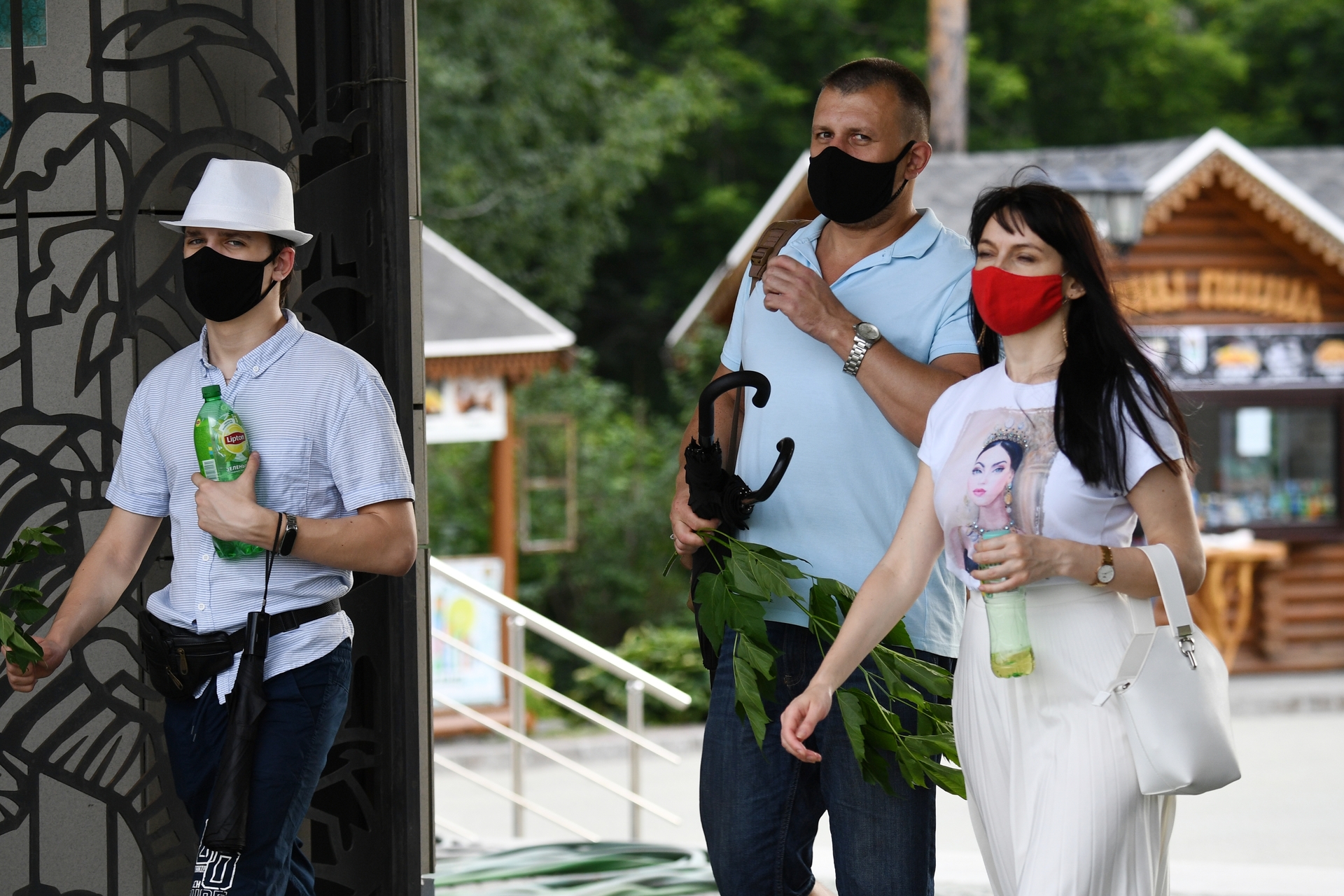From July 15, Russia will cancel the mandatory two-week isolation for those arriving in the country. This is stated in the resolution of the head of Rospotrebnadzor Anna Popova, published on the official Internet portal of legal information.
According to the decree, foreign citizens arriving in the Russian Federation need a document in Russian or English with a negative coronavirus test taken no earlier than three days before arrival in Russia.
If the foreigners do not have a document confirming the absence of COVID-19, they must pass a test for the absence of coronavirus within three days.
Citizens of Russia will also be able to show the results of a coronavirus infection test upon arrival or take it at home. They are also given three days to pass the test.
The order comes into force on July 15, 2020.
In Moscow, according to the data of the operational headquarters for controlling the spread of the disease, 37 people died in the last day with a confirmed diagnosis of pneumonia and a positive test result but coronavirus.
Thus, the total number of people who died from the disease in the capital reached 4205 people.
- RIA News
- © Alexander Kryazhev
Russian regions continue to extend or mitigate restrictions introduced due to coronavirus, based on the epidemiological situation.
So, it became known that the island of Valaam in the Republic of Karelia will open for tourists and pilgrims on July 16. This is stated on the website of the Valaam Monastery.
“The island of Valaam again begins to receive tourists and pilgrims. Starting July 16, the heart of the Valaam Monastery, the Transfiguration Cathedral and Central Estate, opens for a one-day visit, ”it is specified there.
Visitors are still advised to maintain a social distance and use masks on the premises, as well as to comply with other requirements of Rospotrebnadzor.
Earlier it was reported that the head of the region Arthur Parfyonchikov allowed tourists to visit the Valaam Archipelago park on June 15, which was previously closed due to the threat of COVID-19.
“However, before the abolition of the high-alert mode, the maximum number of visitors arriving for leisure and tourism will be established,” the governor wrote on his page on the VKontakte social network.
In addition, the region lifts the ban on sightseeing and tourist trips by water in the White Sea from the coastal zone on the territory of Karelia to the Solovetsky Islands.
Also on russian.rt.com RT map: distribution of COVID-19 cases by regions of RussiaIn addition, travel and hiking are permitted on the territory of the region, provided that they are placed in camps outside the settlements.
A number of reliefs related to coronavirus were also approved by the authorities of the Bryansk region. In the area, parks, libraries, attractions, motels and children's camps open.
“Recreation parks, sports and sports organizations, museum-reserves, museum-estates, zoos, libraries, attractions, sports facilities are opened in the Bryansk region with strict adherence to the recommendations of the Federal Service for Supervision of Consumer Rights Protection and Human Welfare,” RIA Novosti reports from the regional government.
In addition, in the Bryansk region reservations for reservations in boarding houses, rest homes, sanatorium organizations, sanatorium and health camps for children all year round are resumed.
The decision to mitigate a number of restrictive measures was also taken by the leadership of the Vologda Oblast. The subject again opens the provision of planned medical care, the work of sanatoriums and shopping centers.
“Resuming the work of sanatoriums and dispensaries with a limited number of residents to one or two people per room. And the provision of planned medical care, the admission of such specialists under the current restrictions, ”said Governor Oleg Kuvshinnikov.
In the world, according to Johns Hopkins University, the number of confirmed cases of coronavirus infection has exceeded 13 million.
The number of deaths of confirmed disease has reached more than 570 thousand.
As the head of the World Health Organization Tedros Adhan Ghebreyesus said at a briefing, the development of COVID-19 in different countries can be described in four scenarios.
According to him, the first group includes countries in Southeast Asia, the Pacific, the Caribbean and Africa. According to the head of WHO, their leaders were “warned” of the outbreak of infection, and the leaders of the countries “took control of the situation in their hands”, in particular, they were able to convey to the population the seriousness of the situation.
The second he noted the “European scenario”, noting the large-scale outbreaks in the region, which were able to take control thanks to the actions of the authorities and the reaction of the population.
The third scenario is in states where the authorities introduced restrictive measures, but their subsequent weakening led to an increase in the incidence.
In the fourth case, he mentioned North and South America, South Asia and some countries in Africa, where there was a sharp increase in the number of cases.

